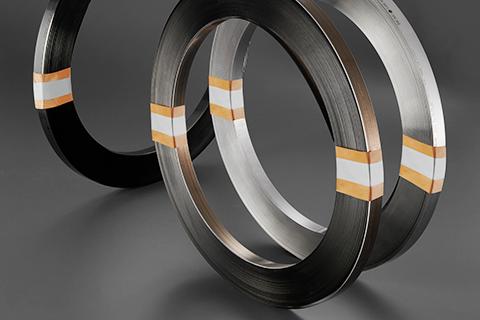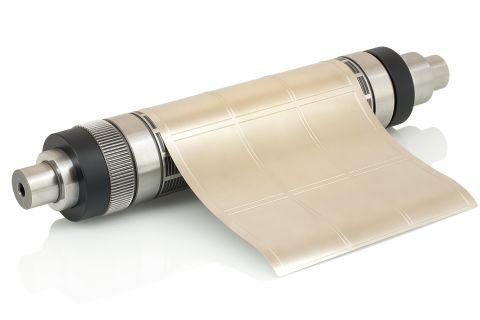In accordance with the EU's implementation of the Personal Data Protection Act, we are committed to safeguarding your personal information and providing you control over it. We have updated and will regularly update our Privacy Policy to comply with this personal data protection law. Please refer to our latest Privacy Statement.
This website uses cookies to enhance your browsing experience. To learn more about how this website uses cookies, please click here.
Latest News
01.Oct.2025
Product Information
Hung Shuh's Professional Hardness Testing & Quality Assurance
Hung Shuh follows international standards to ensure reliable hardness testing.
From surface preparation and multi-point measurement to transparent dispute resolution, every step is carried out with scientific precision. By maintaining consistent methods and professional analysis, we help customers gain accurate insight into steel quality, minimize production risks, and build trust through traceable results.
1. Introduction: Why Customers Sometimes Question Hardness Values
In steel procurement and processing, it's not unusual for customers to raise concerns such as
"the hardness doesn't match the order specification."
Several factors can contribute to such differences:
-
Testing equipment & methods : Different hardness testers and techniques may lead to variations.
-
Material thickness : Thicker or thinner samples require different testing methods, which can affect consistency.
-
Surface condition : Oxide layers, polishing, or coatings may influence results.
-
Sampling location : Measuring near the edge vs. the center can produce different readings.
At Hung Shuh, we believe in transparent and scientific testing.
Below, we outline our standard hardness testing procedure and professional recommendations.
2. Hung Shuh's Standard Hardness Testing Procedure
① Following international and national standards
-
Testing is based on JIS Z2245.
-
For Rockwell or quick verification tests:
-
If the expected hardness is known, testing follows JIS Z2245.
-
If only heat treatment is known (without surface treatment data), thickness is first considered, then the test scale is adjusted accordingly.
-
② Addressing possible sources of variation
Hardness results can vary due to:
-
Operator: individual habits during measurement.
-
Machine: different testing equipment.
-
Material: different test locations on the sample.
-
Method: variation in scale (e.g., HR15N vs. HRC).
-
Environment: steel may show different properties in cold climates (harder and more brittle).
To minimize these issues, we:
-
Maintain a clear SOP and regularly calibrate testers with standard blocks.
-
Ensure stable sample placement and perpendicular contact with the indenter.
-
Test multiple points on each sample at proper spacing to avoid mutual interference.
③ Surface preparation & sample positioning
-
Clean surfaces of oxide scale, oil, or dirt; polish lightly if needed.
-
Test at least 10 mm from edges to avoid distortion.
-
Each piece is tested at 3 or more points and averaged for stability.
-
Consider manufacturing processes, such as heat treatment, cold work, or surface treatment, which may influence hardness.
Handling Disputes: Transparent & Fair Resolution
-
Data review : Immediately verify inspection reports and batch records.
-
Sample comparison : If unprocessed material is provided within one year, we compare it with our retained samples using Vickers (HV) testing for finer accuracy.
-
Repeat testing : Retesting is carried out in our lab following standards.
-
Third-party verification : If results still differ, both sides may request an independent test from organizations like SGS.
-
Compensation : If a true material issue is confirmed, Hung Shuh will take responsibility, offering replacement or compensation.
4. Professional Advice for Customers
-
Use consistent standards : Ensure both supplier and customer apply the same load and testing methods.
-
Joint sampling : For high-precision orders, we recommend on-site joint sampling.
-
Quality documentation : Detailed reports, retained samples, and batch tracking ensure transparency and traceability.
5. Conclusion
At Hung Shuh, we see hardness data not as a source of dispute, but as a key tool in quality control.Through standardized testing methods and scientific communication, we help customers gain a more accurate understanding of material performance, reduce production risks, and build reliable, high-quality products together.
Other
02
Oct.2025
Product Information
Thomson Die Industry & Hung Shuh's Professional Value
28
Jul.2025
Product Information
Trusted Special Steel Solutions from Japan – Powered by HONG SHU × Nippon Steel
09
Jul.2024
Product Information



